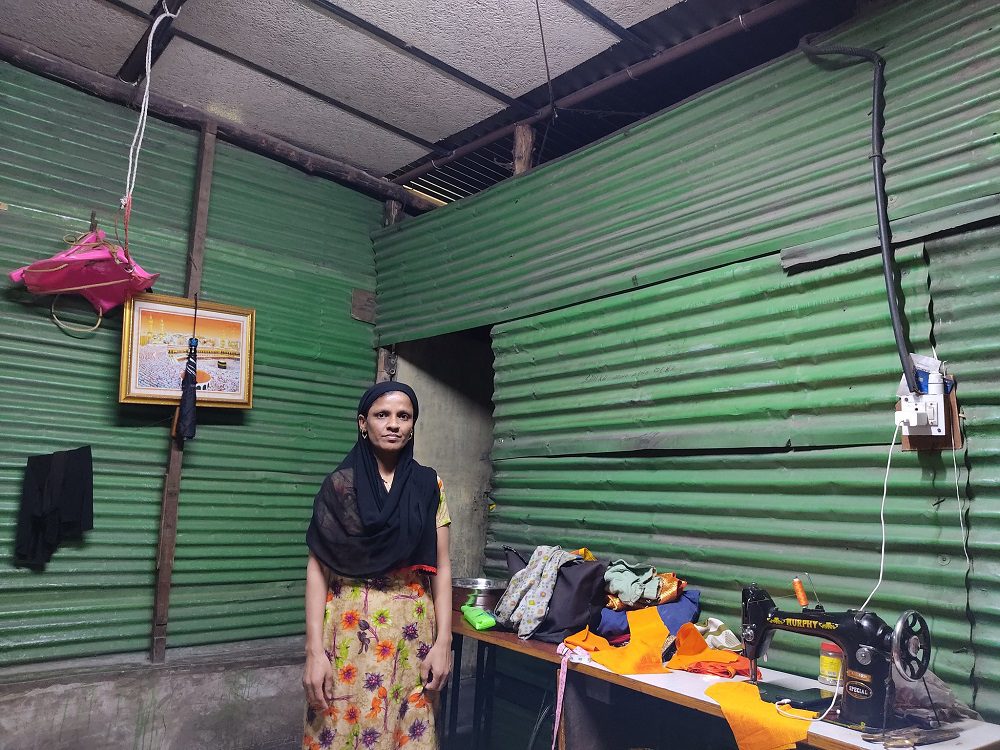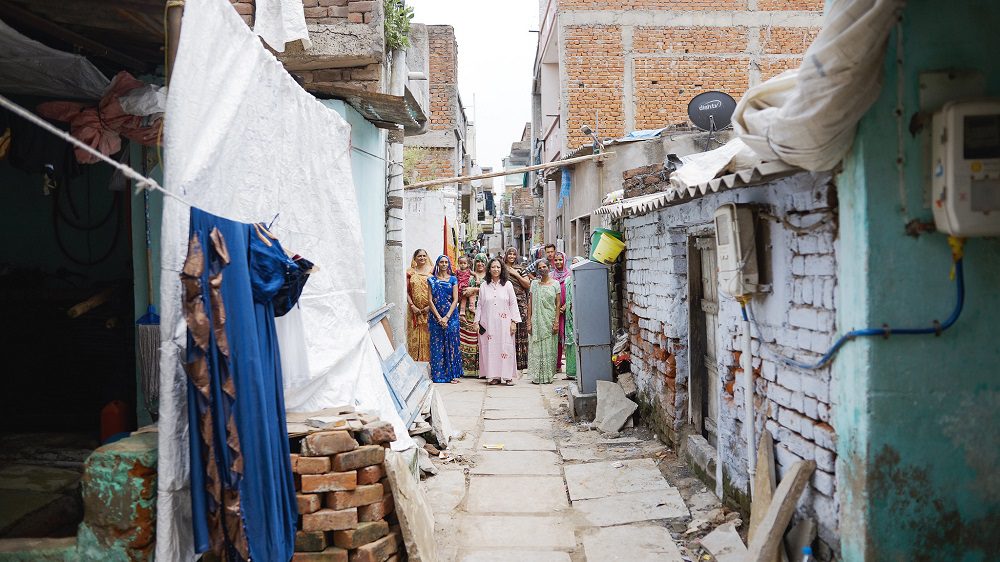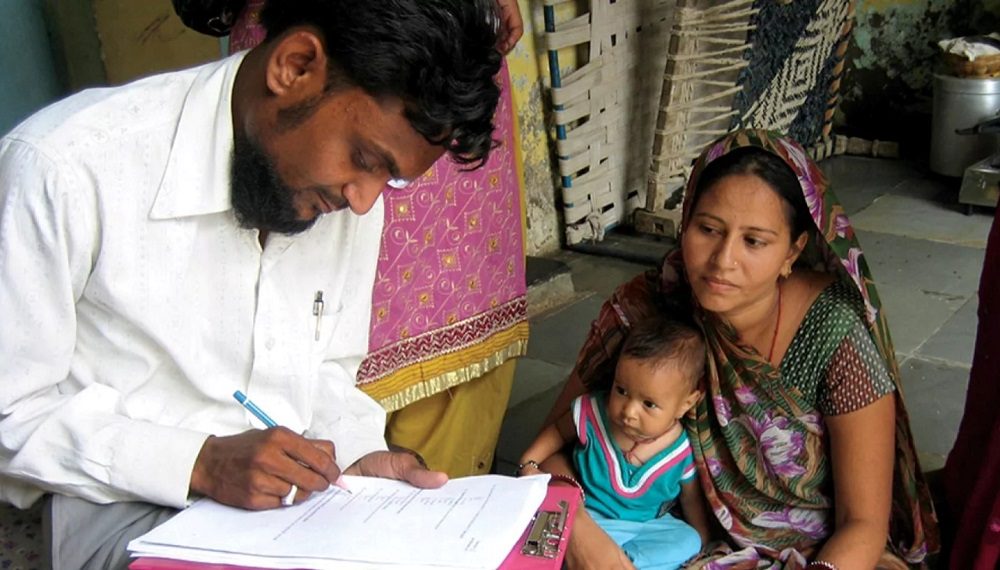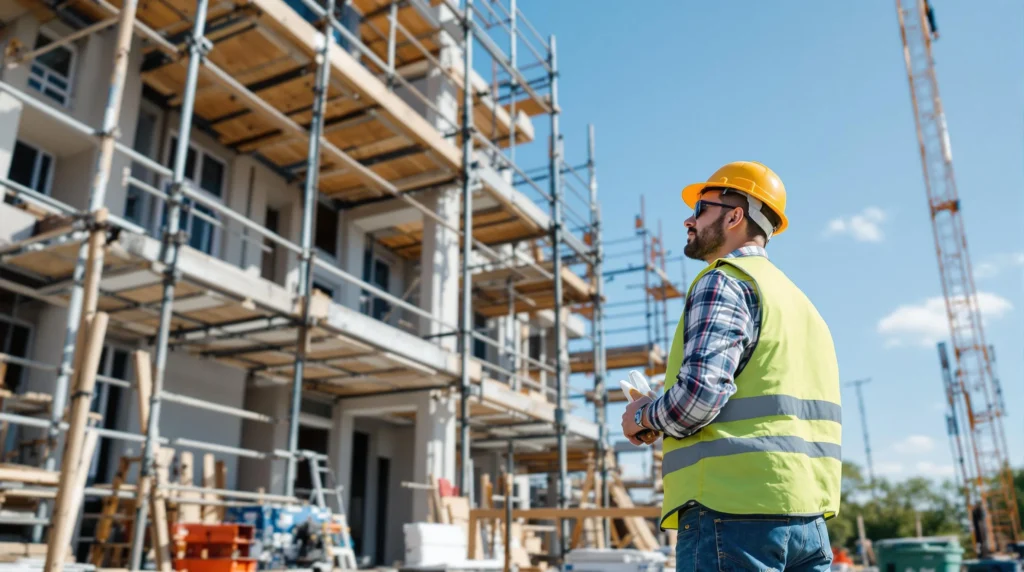Passive cooling helps poor communities beat the heat

This post was originally published on this site
Keeping our cool in a world overheating doesn’t just rely on technological solutions; low-cost techniques for passive cooling are vital for poorer communities, writes Chhavi Sharma, international programme manager at UK-based climate solutions charity, Ashden
As scorching temperatures sweep across the world, communities are finding themselves in the grip of an unprecedented heatwave.
Records are being shattered, triggering widespread concerns about public health, environmental impacts, and strain on essential services.
The costs of a rapidly changing climate, particularly rising temperatures, fall hardest on poor and marginalised people. The heat challenges they face include dangerously hot buildings and those with less money generally face higher indoor temperatures.
Traditional air conditioning using fossil fuels cannot be the go-to in a decarbonising world, but for those on low incomes, they aren’t an option anyway. And without access to cooling measures heat stress increases the risk of physical and mental illness, and even death.
The combination of life-threatening temperatures and rising housing demand means cool, sustainable, and affordable building designs can no longer be ignored. A collective effort in cooling innovation is urgently required with backing from policymakers, funders, investors, and development partners committed to local and global equity.
Climate solutions charity, Ashden has coordinated a Fair Cooling coalition of organisations working on passive cooling methods, and also spotlight organisations working on low carbon solutions in the global South through its annual Ashden Awards – showcasing clean energy and low carbon solutions.
Collaborators with Ashden from Egypt and India provide examples of how to keep buildings cool using highly effective, affordable, ‘passive design’ methods such as shading, ventilation, heat-reflecting materials, and incorporating cooling water systems and planting.
Cooling innovation in Egypt and India
Green architects ECOnsult in Egypt, a member of Ashden’s Fair Cooling coalition, design affordable and accessible green buildings to improve comfort and livelihoods and have the largest portfolio of green certified buildings with the first carbon neutral project in Egypt.
“These homes transformed their lives, and safeguard both workers and employers by decreasing heat-related health issues and deaths.”
Sarah El-Battouty, ECOnsult
Founder and chief executive, architect Sarah El-Battouty, is one of Egypt’s leading green entrepreneurs and ECOnsult’s success has put her on the global stage. She is a United Nations Framework Convention on Climate Change (UNFCCC) climate champion ambassador; senior advisor on climate and sustainability to the Egyptian presidency; she designed the COP27 Pavilion in Egypt, and is now an advisor for COP28.
El-Battouty said: “ECOnsult has shown what’s possible in terms of creating buildings which keep people cool and healthy. For instance, we designed a sustainable housing complex for tea farm workers in Egypt’s Western Desert.
“We drew on traditional knowledge and used locally available materials like porous limestone and sandstone that allow air to flow through the walls and provide shade to protect people at high risk of heat stress.
“Workers’ accommodation is generally very poor quality and heat exhaustion is very common. These homes transformed their lives, and safeguard both workers and employers by decreasing heat-related health issues and deaths.”
As El-Battouty points out, the housing sector is vast, so many stakeholders need engagement – something that can only be done by governments – and that the costs of inaction are huge.
“Governments have a key role in steering public interest and should give a very clear roadmap of the priorities they want to invest in. Climate change will only become integrated in development if it is not treated as a secondary ‘extra pointer’ rather an existing problem.”
Training students for the future of heat mitigation

Indian social enterprise CBalance Solutions, another member of the Fair Cooling coalition, advocate for cooling solutions for India’s vulnerable communities.
The organisation implements pilot projects with passive-design roof retrofits in informal settlements, and also updates curricula in architecture and engineering schools.
By 2026, around 50 architecture colleges, 10,000 students, and more than 1,000 professors annually are expected to engage in devising passive design solutions for urban poverty.
The experiences of communities CBalance works with highlight the relationship between wealth and cooling, and the urgent need for what’s been termed ‘cooling justice’ or ‘fair cooling’.
People in poor communities who are enduring oppressive, unrelenting heat are often living alongside large highrise buildings with huge AC systems. CBalance insist that fair cooling is about tackling power structures as well as introducing new technology.
By October 2025, CBalance aim to implement passive design solutions in 5-10% of informal housing in four major Indian cities, through government or city utility-funded programmes and women’s cooperative micro-businesses.
This could mitigate 0.5 to one million tonnes of CO2 annually, providing thermal comfort for about 1.5m to three million people.
Solidarity and self-help among India’s poor communities

Mahila Housing Trust (MHT) helps poor women in India’s cities come together and tackle social challenges such as over-heating in slum communities.
The organisation’s initiatives have included simple measures such as the installation of reflective, cooling roofs or cost-effective alternatives such as sun-reflective white paint. They also set up early warning systems for heatwaves and floods, water quality testing, cleanliness drives, and various other activities.
Their interventions have influenced the lives of over two million people and have trained more than 21,000 construction workers.
Siraz Hirani, MHT’s senior programme management specialist, said: “In the scorching battle against rising temperatures and climate change impacts, the urban poor stand as the most vulnerable and marginalised.
“Passive cooling emerges as a beacon of hope in this quest. Integrating green spaces, reflective surfaces, and cross-ventilation into our designs can mitigate heat stress and offer comfort amidst blistering urban heat islands.
“By investing in these solutions, we breathe life into the vision of a cooler, safer, and healthier urban habitat for the less privileged.”
In 2021, MHT won the Ashden Award for cooling in informal settlements.
Early warning approach for Ahmedabad’s most vulnerable

The Ahmedabad Heat Action Plan (AHAP) is an early warning system and heat preparedness plan aimed at saving lives.
It was first developed in 2013 by a coalition between the Natural Resources Defence Council (NRDC), the Ahmedabad Municipal Corporation (AMC), and the Indian Institute of Public Health – Gandhingar (IIPHG); seen as an exemplar of how joined-up action can effectively tackle heatwaves in cities for the most vulnerable.
Dr. Vijay Limaye, senior scientist at NRDC said: “Ahmedabad’s innovative heat action plan is helping to strengthen local resilience to intensifying heat hazards in India, through improved heat forecasting, public health risk communication, medical professional training, and municipal coordination.”
Over the past decade, the Ahmedabad approach has since expanded to other heat-prone cities and states through leadership from India’s National Disaster Management Authority.
In 2020, the AHAP won the Ashden Award for Cool Cities.
Action in every corner of society
In developing countries with growing populations, the demand for new housing is immense. Alongside improving the quality of new constructions, existing housing also urgently needs enhancement.
Affordable, sustainable cooling techniques, independent of costly fossil fuels, must be accessible to all. To achieve this, partnerships are key – with innovators, funders, policymakers, and communities all working together to implement widespread, cutting-edge and fair solutions.
This will help tackle the challenges of extreme heat on a large scale, support pioneers working in passive cooling, and make sure that people across all segments of society can stay comfortable and healthy in extreme heatwaves.
Main image: ECOnsult Architects, part of Ashden’s Fair Cooling coalition, designed Linah Farms in Egypt’s Western Desert. The accommodation for tea farm workers provides cool and healthy living conditions. Credit: ECOnsult
Read next: It’s cold outside, but we’ve got sun: Harnessing solar power in Antarctica
Are you a building professional? Sign up for a FREE MEMBERSHIP to upload news stories, post job vacancies, and connect with colleagues on our secure social feed.



Responses